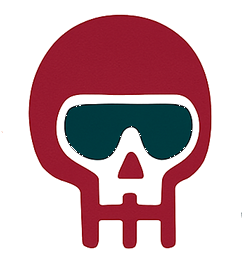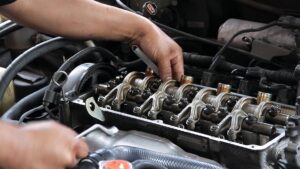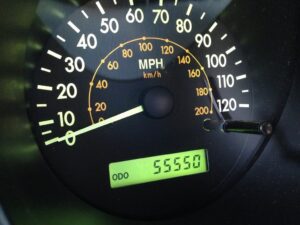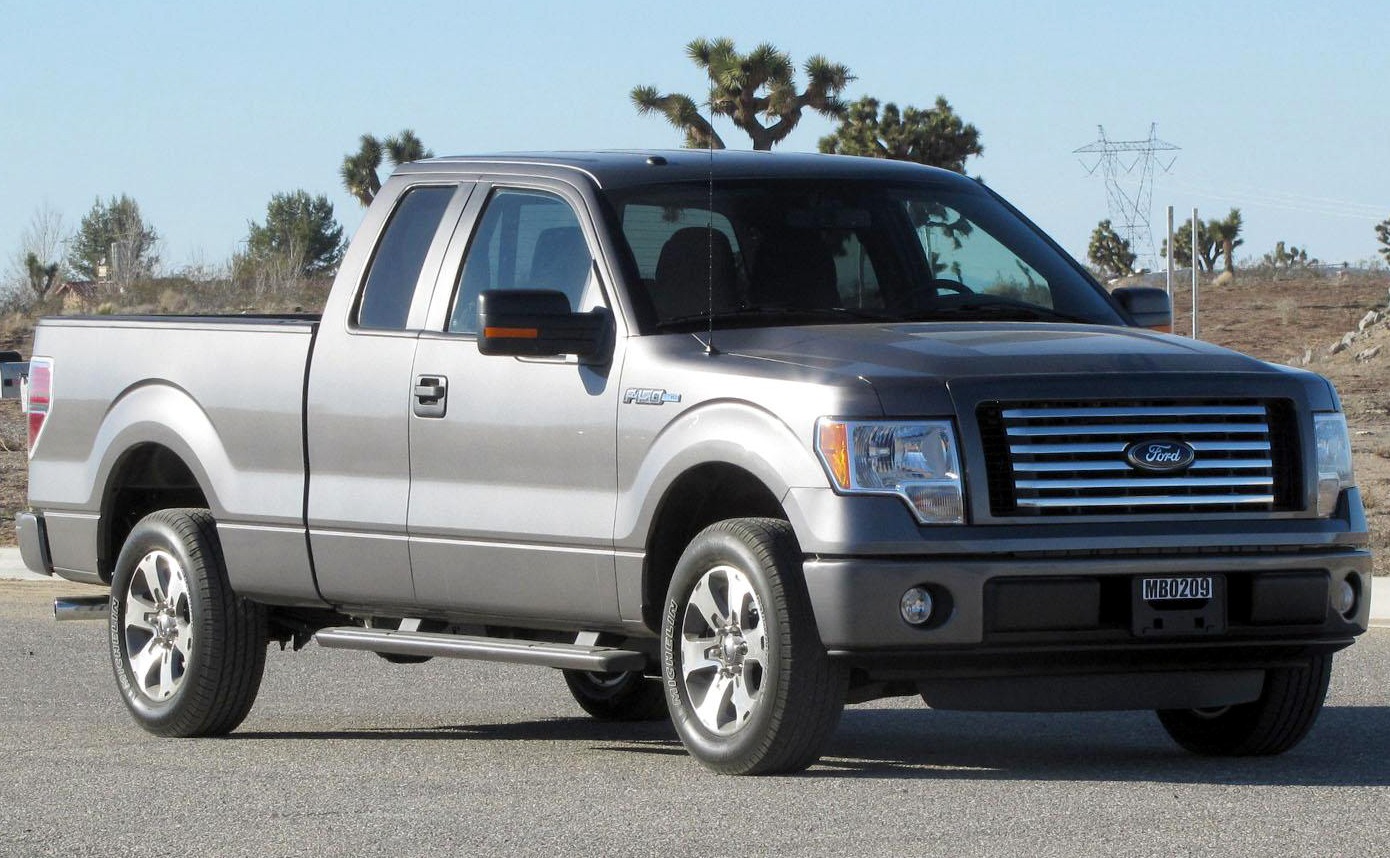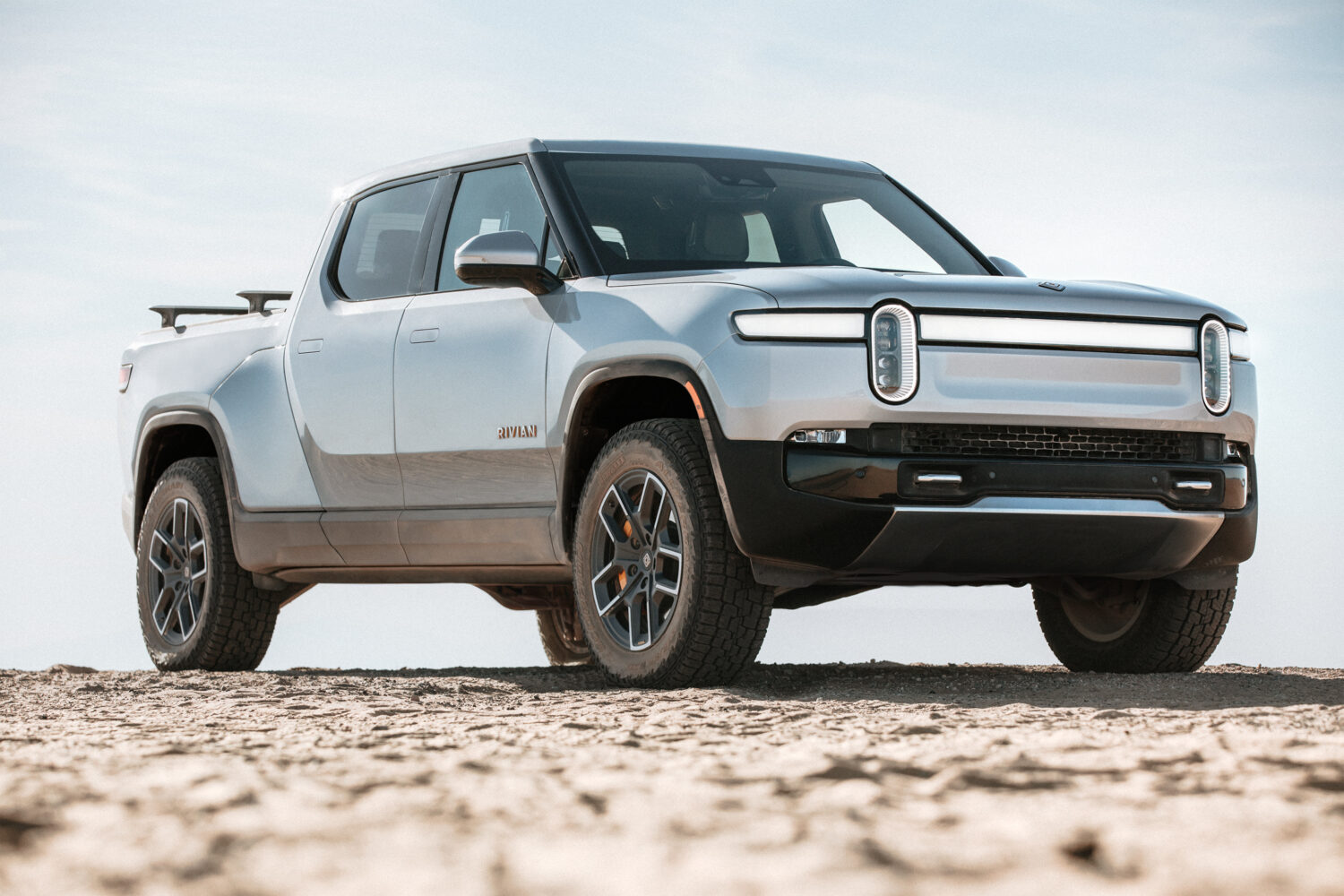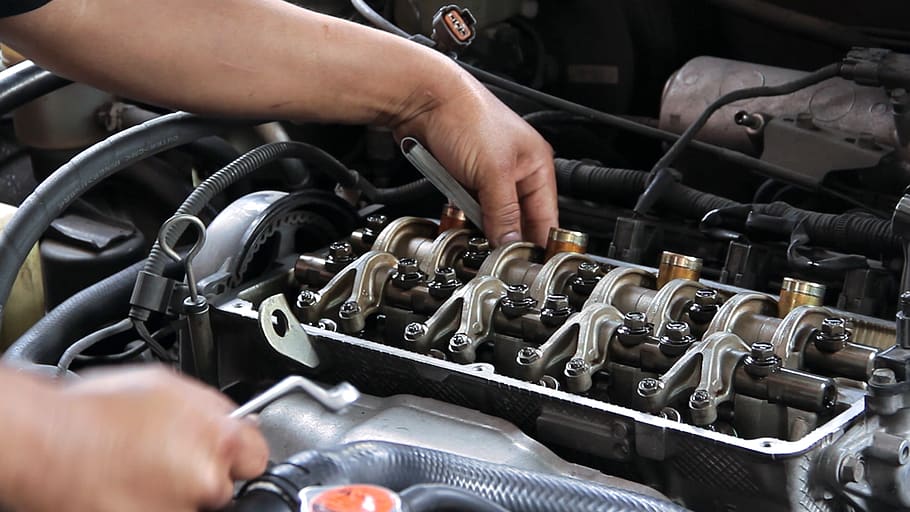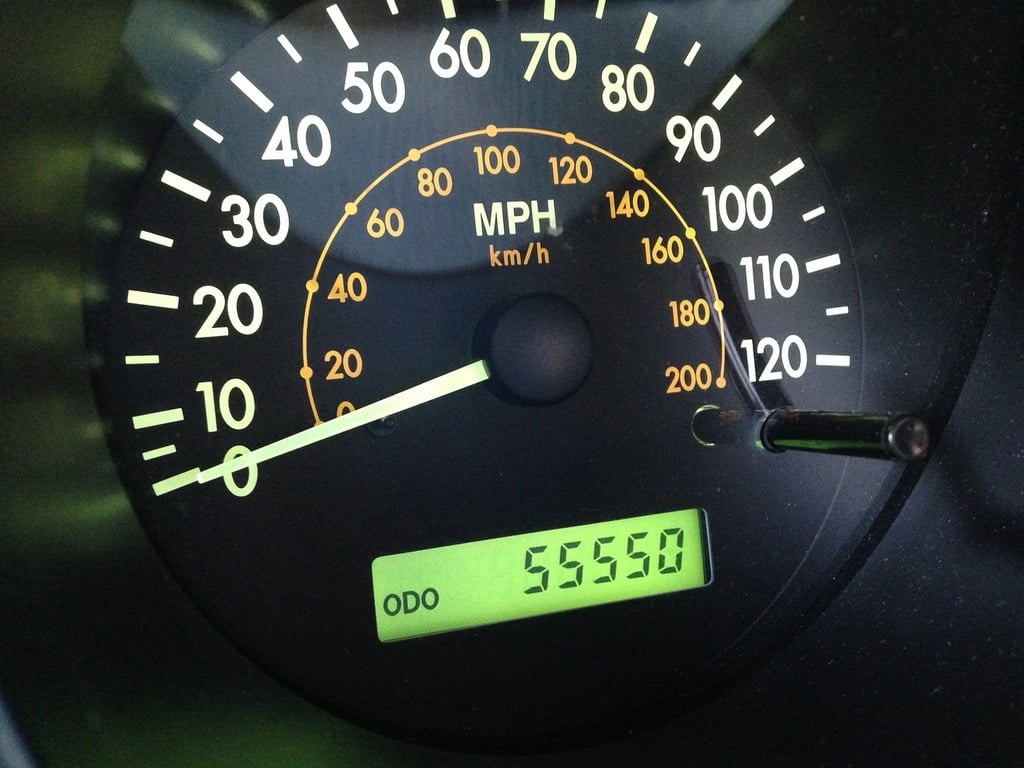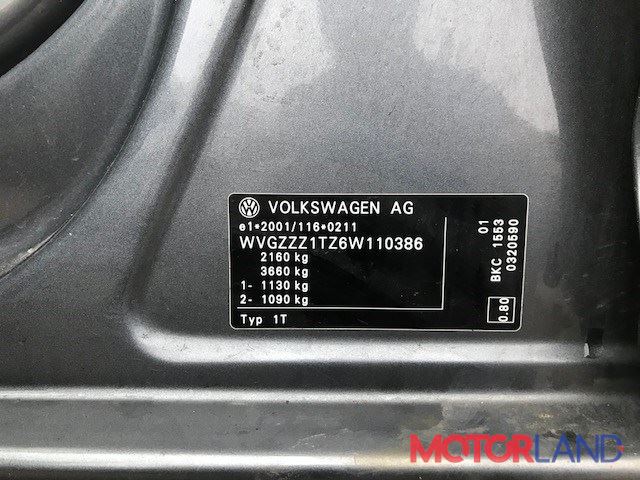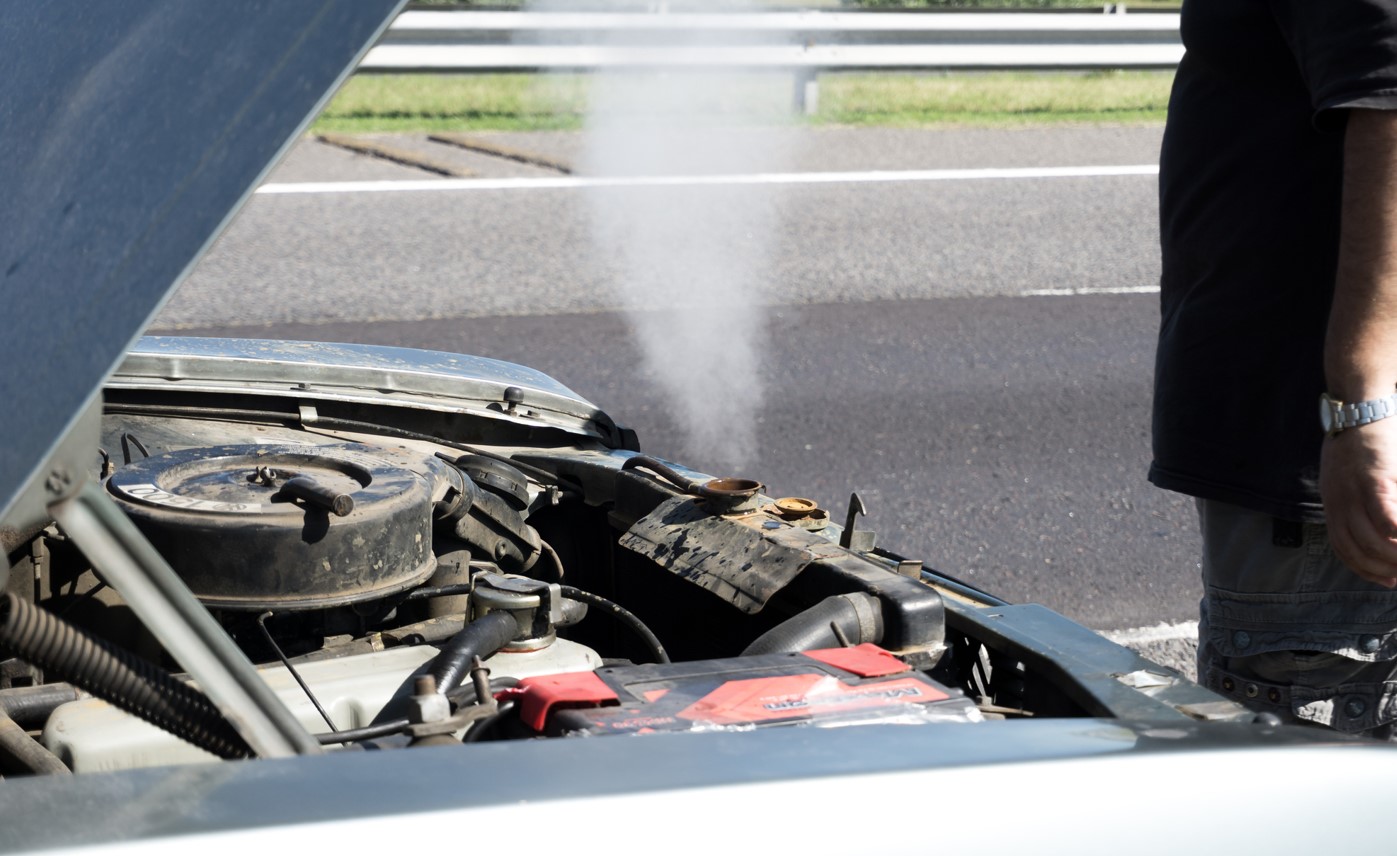Alright, gearheads, let’s talk about something that’s often overlooked but can absolutely destroy your ride’s performance and your wallet: wheel alignment. You’ve spent countless hours (and dollars) tweaking your engine, suspension, and everything in between. But are your wheels pointing in the right direction? Ignoring alignment is like building a race-ready engine and then filling it with sludge. It’s a recipe for disaster. Ever wondered why your tires are wearing unevenly, your car pulls to one side, or your fuel economy is in the toilet? Chances are, your alignment is to blame. This article will dive deep into the world of wheel alignment, explaining why it’s crucial for performance, safety, and longevity, and how to keep your machine running straight and true.
Key Takeaways:
- Alignment is King: Proper wheel alignment is essential for optimal handling, tire wear, and fuel efficiency. Don’t neglect it!
- Understand the Angles: Learn the basics of camber, caster, and toe, and how they affect your car’s behavior.
- Regular Checks are a Must: Schedule regular alignment checks, especially after modifications or impacts.
- DIY vs. Professional: Know when to tackle alignment yourself and when to leave it to the pros.
- Performance Gains: A properly aligned car handles better, puts power down more effectively, and is simply more fun to drive.
Understanding the Basics of Why Ignoring Alignment Can Wreck Everything
Think of your car’s wheels as tiny ice skaters. If they’re all gliding in perfect unison, you get smooth, efficient movement. But if one skater is facing the wrong way, you get chaos, friction, and a whole lot of wasted energy. That’s what happens when your wheels are misaligned.
Here’s a breakdown of the key alignment angles:
- Camber: This is the angle of the wheel relative to the vertical axis when viewed from the front. Positive camber means the top of the wheel is tilted outward, while negative camber means it’s tilted inward. Too much of either can cause uneven tire wear. Some negative camber is often used in performance applications to improve cornering grip.
- Caster: This is the angle of the steering pivot axis when viewed from the side. It affects steering stability and straight-line tracking. Positive caster means the steering axis is tilted back towards the rear of the car. More positive caster generally improves stability at high speeds.
- Toe: This is the angle of the wheel relative to the centerline of the vehicle when viewed from above. Toe-in means the front of the wheels are closer together than the rear, while toe-out means the opposite. Toe has a significant impact on tire wear and steering response. A little bit of toe-in is often used to improve straight-line stability, while toe-out can improve turn-in response.
These angles are measured in degrees (or fractions of degrees) and are crucial for proper handling and tire wear. Even small deviations from the factory specifications can have a significant impact.
Importance and Implications
Why should you, as a tuner, gearhead, or speed freak, care about alignment? Here’s why:
- Tire Wear: Misalignment is the number one cause of premature and uneven tire wear. Think about it: if your wheels are constantly scrubbing against the road surface, your tires will wear out much faster. This means you’ll be replacing expensive tires more often, which is a major hit to your wallet.
- Handling: Proper alignment is essential for optimal handling. If your wheels aren’t pointing in the right direction, your car will feel unstable, unpredictable, and difficult to control. This is especially critical at high speeds or during aggressive driving.
- Fuel Efficiency: Misalignment increases rolling resistance, which means your engine has to work harder to move the car. This translates to lower fuel economy. A properly aligned car rolls more freely, saving you money at the pump.
- Safety: A misaligned car is a dangerous car. It can be more difficult to control in emergency situations, increasing your risk of an accident. Proper alignment ensures that your car responds predictably and safely to your steering inputs.
- Component Wear: Misalignment puts extra stress on suspension components, such as ball joints, tie rod ends, and wheel bearings. This can lead to premature wear and failure, resulting in costly repairs.
Practical Applications or Strategies
So, what can you do to ensure your car’s alignment is on point?
- Regular Alignment Checks: Schedule an alignment check at least once a year, or more often if you drive aggressively or have made modifications to your suspension.
- Post-Modification Alignment: Always get an alignment after installing new suspension components, such as lowering springs, coilovers, or control arms.
- Impact Inspection: If you hit a curb, pothole, or other object, have your alignment checked immediately.
- DIY Alignment: For minor adjustments, you can perform a basic alignment at home using simple tools like a bubble level and measuring tape. However, for more complex adjustments, it’s best to leave it to the professionals.
- Choose a Reputable Shop: When choosing an alignment shop, look for one with experienced technicians and modern equipment. Ask about their alignment process and what kind of warranty they offer.
- Understand Your Specs: Know the factory alignment specifications for your car. This will help you communicate effectively with the alignment technician and ensure that your car is aligned properly.
Common Pitfalls to Avoid:
- Ignoring Symptoms: Don’t ignore signs of misalignment, such as uneven tire wear, pulling to one side, or a crooked steering wheel.
- Cheap Alignments: Avoid bargain-basement alignment services. You get what you pay for, and a poorly performed alignment can be worse than no alignment at all.
- Incorrect Specs: Make sure the alignment technician uses the correct specifications for your car. Using the wrong specs can lead to handling problems and tire wear.
Expert Insights or Case Studies
Let’s hear from some experts:
“Alignment is the foundation of good handling,” says John Doe, a renowned suspension engineer. “If your alignment is off, you’re fighting a losing battle, no matter how much money you spend on other upgrades.”
“I’ve seen countless cases where a simple alignment adjustment completely transformed a car’s handling,” says Jane Smith, a professional race car driver. “It’s often the most cost-effective way to improve performance.”
Case Study:
A customer brought in a modified sports car complaining of poor handling and excessive tire wear. After a thorough inspection, it was discovered that the car’s alignment was significantly out of spec. The technician performed a four-wheel alignment, adjusting the camber, caster, and toe to the factory specifications. The result? The car’s handling was dramatically improved, tire wear was reduced, and the customer was thrilled.
Alignment for Performance Applications
For those of you chasing every last tenth of a second on the track, alignment becomes even more critical. Here’s how to optimize your alignment for performance:
- Aggressive Camber: Running more negative camber can significantly improve cornering grip. However, it will also increase tire wear on the street. Find a balance that works for your driving style and conditions.
- Adjustable Components: Invest in adjustable suspension components, such as camber plates and adjustable control arms. This will allow you to fine-tune your alignment for different tracks and conditions.
- Track-Specific Alignment: Consider getting a track-specific alignment. This involves setting your alignment to the optimal settings for a particular track, taking into account factors such as corner radius, track surface, and driving style.
- Corner Balancing: Corner balancing involves adjusting the ride height of each corner of the car to achieve optimal weight distribution. This can further improve handling and balance.
Conclusion:
Wheel alignment is not just a maintenance item; it’s a crucial aspect of performance, safety, and longevity. By understanding the basics of alignment, performing regular checks, and seeking professional help when needed, you can keep your ride running straight and true, saving you money, improving your handling, and enhancing your driving experience. So, don’t neglect your alignment. It’s the foundation of a well-handling, efficient, and safe machine.
Frequently Asked Questions:
What is Why Ignoring Alignment Can Wreck Everything?
It refers to the critical importance of maintaining proper wheel alignment on a vehicle. Ignoring alignment issues can lead to a cascade of problems affecting performance, safety, and component longevity.
Why is Why Ignoring Alignment Can Wreck Everything important for Tuners, gearheads, speed freaks?
Because these enthusiasts often push their vehicles to the limit, proper alignment is essential for maximizing handling, tire wear, and overall performance. Misalignment can negate the benefits of other modifications and even create dangerous driving conditions.
How can I apply the concepts of Why Ignoring Alignment Can Wreck Everything in my context?
Schedule regular alignment checks, especially after modifications or impacts. Learn the basics of camber, caster, and toe, and understand how they affect your car’s behavior. Choose a reputable alignment shop and communicate your specific needs and driving style.
Where can I learn more about Why Ignoring Alignment Can Wreck Everything?
Consult your car’s owner’s manual, search online forums and communities dedicated to automotive performance, and seek advice from experienced mechanics and alignment specialists. Consider taking a course on automotive suspension and alignment.
